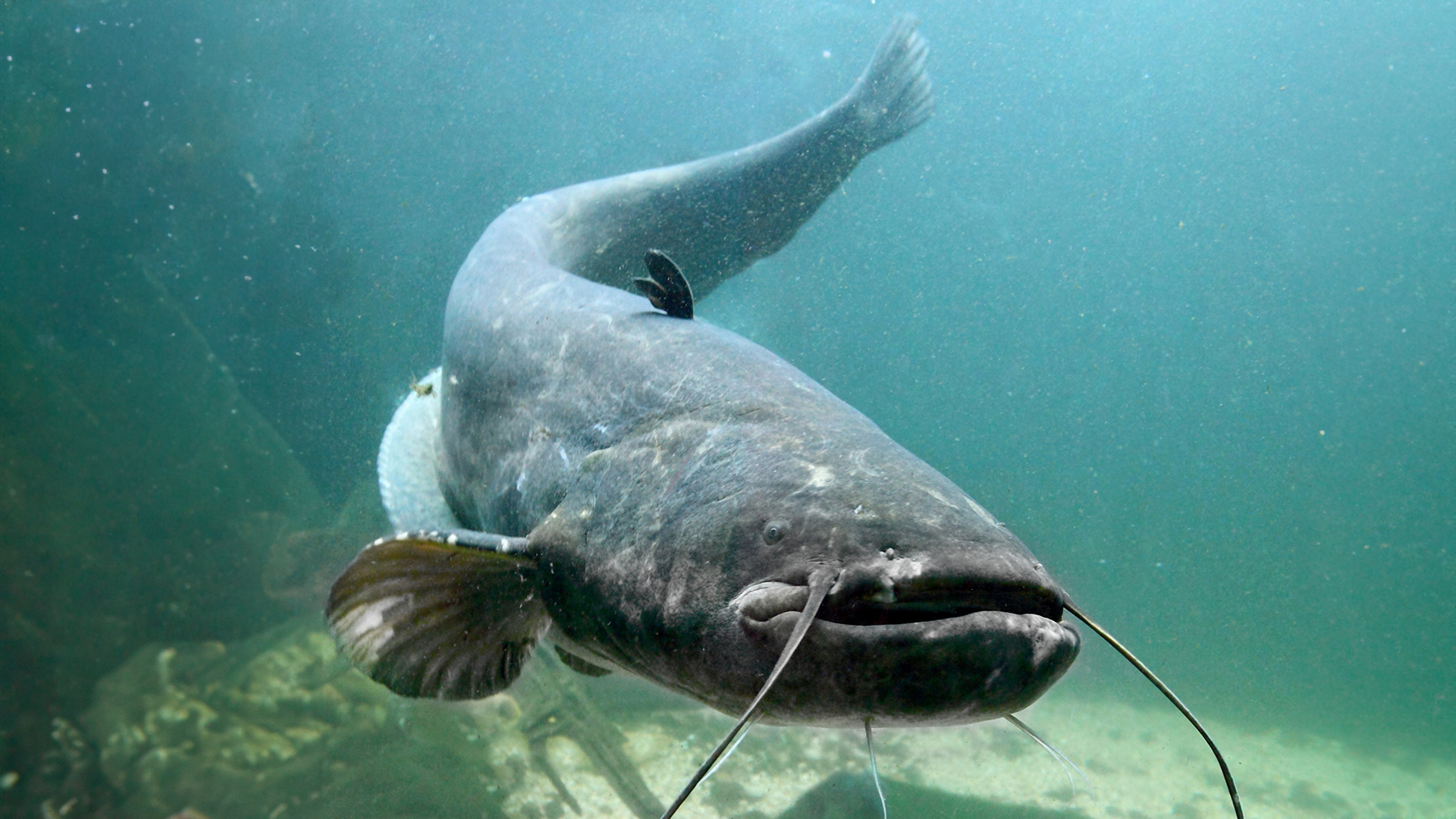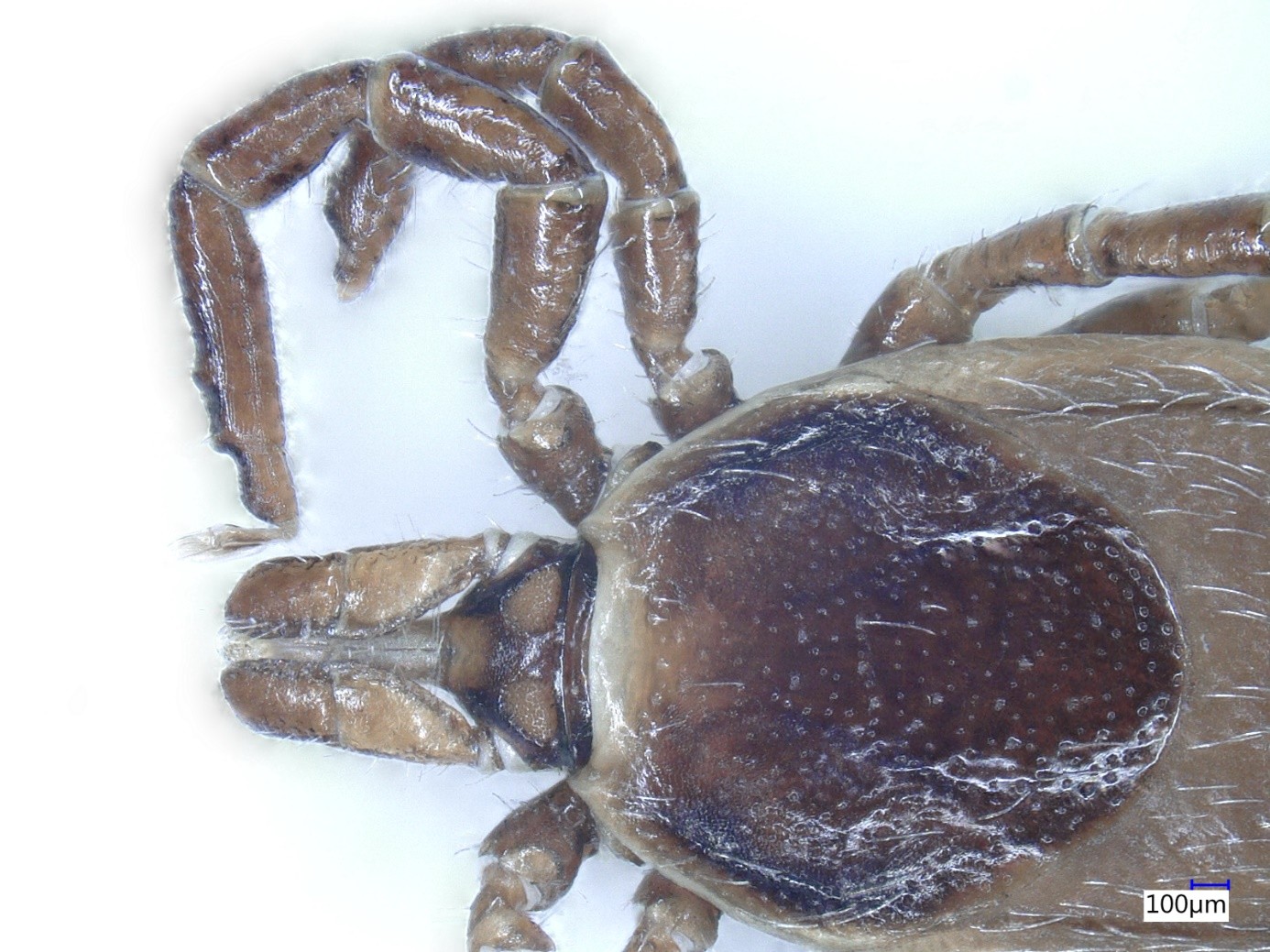Good news for catfish enthusiasts: Hungarian research supports the healthier breeding of catfish
Joint research by the HUN-REN Veterinary Medical Research Institute (HUN-REN VMRI) and the University of Copenhagen can help domestic catfish farming by establishing more effective treatment of gill worm disease. The findings of this rigorous investigation have been published in the reputable journal Scientific Reports.


Thaparocleidus vistulensis under the compound microscope. (Photo: Hazim Sajiri)
The present study has, for the first time, provided detailed molecular information about T. vistulensis, a parasitic worm found in European catfish. Through the analysis of its genetic code (DNA) and subsequent submission to a global database (GenBank), a unique sequence (OR916383) comprising 2694 base pairs has been identified, covering specific regions of the DNA molecule. Additionally, a family tree (phylogenetic tree) based on one of these DNA regions reveals a close relationship between T. vistulensis and another parasite called T. siluri, both of which exclusively infect European catfish. Moreover, the internal organ characteristics of T. vistulensis, particularly the male copulatory organ, provide valuable insights for future research on the parasite's evolutionary history and possible control.

SEM micrographs of Thaparocleidus vistulensis. (Photo: Hazim Sajiri)
This study represents a crucial branch of research focused on unravelling the biology of T. vistulensis, with the ultimate goal of devising strategies to control its reproduction, particularly within the European catfish farming sector.

